How Much Does a Polaris Ranger Weigh? Understanding UTV Weight and Its Importance

One important but frequently disregarded consideration when shopping for a UTV like the Polaris Ranger is the vehicle's weight. Knowing how much your UTV weighs is important for more than just satisfying your curiosity; it might affect your decision-making and your overall happiness with your UTV. Learn more about the importance of weight, typical Polaris Ranger models' weights, and what to look for when deciding which UTV weight is best for you in this in-depth article.
Why UTV Weight Matters
Many parts of a UTV's operation and performance are sensitive to its weight. When shopping for a UTV, especially a Polaris Ranger, it's important to think about weight for the following reasons:
-
Performance: A utility vehicle's (UTV) acceleration, maximum speed, and gas mileage are all affected by its weight. Some vehicles are heavier and more stable, while others are lighter and more nimble.
-
Ability to Tow and Haul:Your UTV's capacity to pull trailers and carry cargo is affected by its weight. Although they may be less maneuverable, heavier UTVs typically have a greater towing capacity.
-
Terrain:Vehicle weight is an important factor in terrain handling. When riding on sandy or muddy terrain, a lighter UTV may be better suited than a heavier one, and vice versa when riding on rocky terrain.
-
Transport:When choosing a trailer and tow vehicle, understanding the weight of your UTV is essential for transportation purposes.
-
Local Laws & Regulations: Depending on the terrain, off-road vehicles may be subject to weight limits. To stay in compliance with local regulations, you need to know how much weight your UTV has.
Common Polaris Ranger Models and Their Weights
Polaris offers a range of Ranger models, each with its own unique weight characteristics. Let's explore some popular models and their approximate dry weights (without fluids or accessories):
|
Model |
Dry Weight (lbs) |
Key Features |
|
Ranger 150 EFI |
720 |
Youth model, compact size |
|
Ranger 500 |
1,060 |
Entry-level, versatile |
|
Ranger 570 |
1,100 |
Mid-size, popular choice |
|
Ranger XP 1000 |
1,565 |
Full-size, high performance |
|
Ranger Crew XP 1000 |
1,940 |
6-seat capacity, work-oriented |
|
Ranger XD 1500 |
1,870 |
Heavy-duty, enhanced payload capacity |
|
Ranger XP Kinetic |
1,980 |
All-electric model, instant torque |
It's important to note that these weights can vary slightly based on specific configurations and model years. Additionally, the actual weight of your UTV will increase when you add fluids, accessories, and cargo.
Advantages of Various UTV Weights
The benefits of riding a UTV in a certain weight class will depend on your needs. In order to choose the best car for your purposes, it is essential that you comprehend these distinctions. The following are some explanations for the various UTV weight classes:
-
Recreational vehicles with a light load (700-1,000 lbs):Perfect for swift maneuvers, more portable, and frequently more fuel-efficient. An excellent choice for light utility chores and trail riding. When speed and little damage to the environment are paramount, these vehicles really shine.
-
UTVs in the mid-weight range (1,000-1,500 lbs) provide a good compromise between maneuverability and power. Versatile enough to handle light to moderate work responsibilities. These vehicles are well-liked by customers with a wide range of purposes due to their adaptability.
-
For difficult industrial situations or rugged terrain, heavy-duty UTVs (1,500 lbs. or more) are generally favored due to their maximum stability and higher towing capacities. The improved traction and load-bearing capabilities, made possible by the increased weight, are essential for demanding applications.
From casual riders to serious athletes, there's a weight class that's perfect for you. Considerations like the vehicle's principal function, the terrain it will traverse, and the payload it must transport or tow dictate the choice between these classifications. Because some aftermarket changes can change the vehicle's handling characteristics, it's crucial to think about your vehicle's beginning weight class before making any alterations.
Factors to Consider When Evaluating UTV Weight
When determining the ideal weight for your Polaris Ranger or any UTV, it's crucial to consider several key factors. These factors not only affect the vehicle's performance but also its suitability for your specific needs. Let's explore each of these factors in detail:
-
Intended Use:Are you primarily using it for recreation, work, or a combination of both? Heavier models are typically better suited for work-intensive tasks. Example: If you're using your UTV for heavy farm work, a heavier-duty model like the Ranger XP 1500 (1,870 lbs) might be more suitable than the lighter Ranger 500 (1,060 lbs).
-
Terrain:Consider the type of terrain you'll be navigating most often. Lighter UTVs may be better for soft or uneven ground, while heavier ones might be preferable for rocky areas. Example: For muddy trails, the lighter Ranger 570 (1,100 lbs) might provide better maneuverability, while the heavier Ranger Crew XP 1000 (1,940 lbs) could offer more stability on rocky terrain.
-
Towing Needs:If you plan to tow heavy loads frequently, a heavier UTV with a higher towing capacity might be necessary. Example: The Ranger XP 1000, being heavier, typically has a higher towing capacity (2,500 lbs) compared to lighter models, making it ideal for hauling heavy trailers or equipment.
-
Transportation Method:How will you transport your UTV? Ensure your towing vehicle and trailer can safely handle the UTV's weight. Example: If you have a light-duty truck, a smaller Ranger 500 might be easier to transport than the heavier Ranger Crew XP 1000.
-
Passenger Capacity:If you need to carry multiple passengers regularly, a heavier, crew-style UTV might be more suitable. Example: The Ranger Crew XP 1000, while heavier, can comfortably seat up to 6 passengers, unlike the lighter two-seater models.
-
Accessories:Remember that adding accessories like winches, roof racks, or storage boxes will increase the overall weight of your UTV. Example: Adding a heavy-duty winch (50-100 lbs) and a roof rack (30-50 lbs) to a Ranger 570 could significantly increase its weight, potentially affecting its performance characteristics.
In summary, while the weight of a Polaris Ranger or any UTV is an important consideration, it's just one piece of the puzzle. The ideal weight for your UTV will depend on a combination of these factors, tailored to your specific needs and usage scenarios. Always consider the trade-offs between weight, performance, and functionality when making your decision.
Think About The Effects Of Gearing On UTV Performance
Without diving too much into spec sheet data, it’s important to consider that transmission gearing can influence the performance and driving qualities of a UTV. So let’s cover a few factors to keep in mind when considering the purchase of any UTV.
-
Think about the weight: There may be little differences in weight between gearing configurations, but that's usually little when compared to other parts.
-
There is a trade-off between acceleration and top speed; lower gearing allows for faster acceleration but may reduce maximum speed, and higher gearing allows for more top speed but slower acceleration.
-
When towing or transporting big loads, lower gearing is preferable since it improves low-end torque.
-
Optimal fuel economy: Gearing has the ability to influence engine RPM while cruising, which in turn may influence fuel consumption. If fuel economy is a top concern, then connoisseur the EV variant of the Ranger line-up, the Ranger XP Kinetic.
Keep in mind that a UTV's performance is highly dependent on gearing, among other things, as well as engine power, vehicle weight, and terrain. Take these qualities into account when you shop for Polaris Ranger accessories. You can improve your Polaris Ranger's capabilities without changing its performance balance by adding the right accessories.
Conclusion
To make a well-informed purchase, knowing how much a Polaris Ranger or other UTV weighs is essential. Finding the sweet spot in terms of weight can do wonders for your riding experience, performance, and suitability. Polaris Ranger models are versatile enough to meet your needs whether you're after a quick workhorse or an agile trail rider.
Keep in mind that the correct gear can greatly improve your UTV experience, thus weight is a key consideration. To help you personalize and enhance your ride, Stark Knight MT has a large selection of Polaris Ranger Accessories and Polaris Accessories. No matter what weight class your UTV is, our items are tailored to increase its performance and comfort.
Frequently Asked Questions
1. How does a Polaris Ranger's fuel economy change with its weight?
Generally speaking, heavier UTVs consume more gasoline than less weight variants. Still, elements like driving style, engine efficiency, and topography also have major influence on fuel usage. If fuel economy comes first, look at a smaller model or one with sophisticated fuel management features.
2. How can my Polaris Ranger's weight capacity be raised?
Although the manufacturer's stated weight capability is not changeable, aftermarket suspension improvements or heavy-duty tires will improve your Ranger's load-bearing capacity. To guarantee safety and avoid damaging your UTV, you must, however, keep within the manufacturer's advised limitations.
3. In what ways does a Polaris Ranger's weight differ from that of other UTV models?
In weight, Polaris Rangers are usually competitive among other big UTV brands. Still, weights will differ greatly between models and setups. Comparisons of certain models are always preferable than whole brand lines. When weighing the features, capabilities, and intended usage of any model, keep in mind not only their weight.

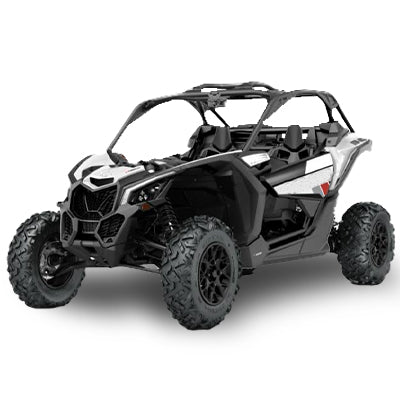
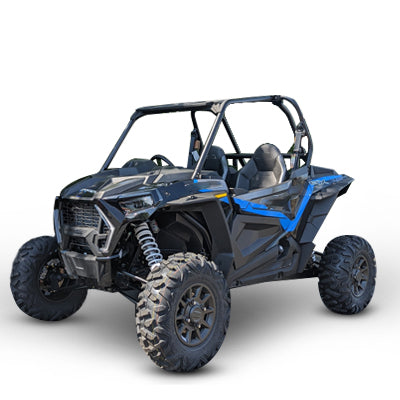
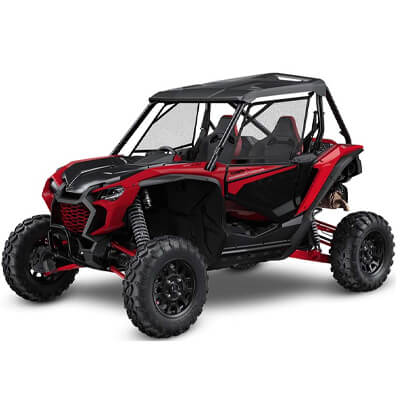
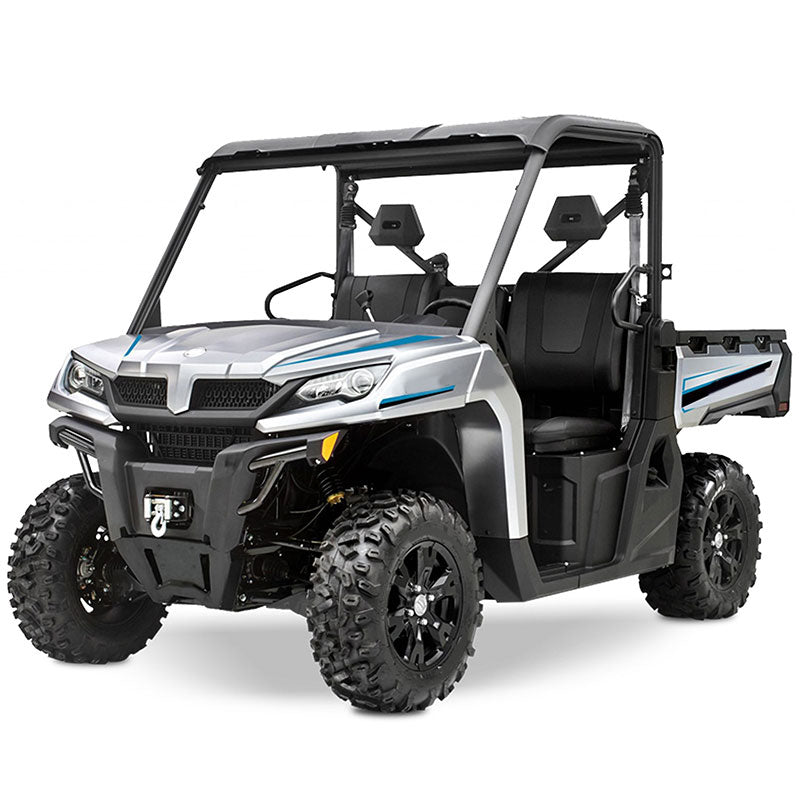
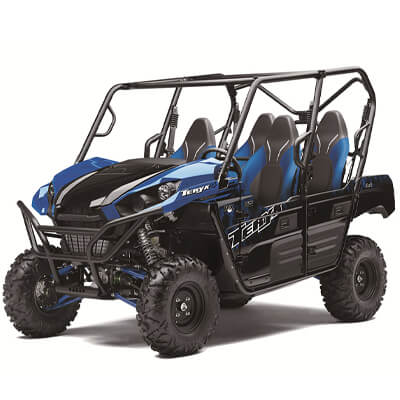

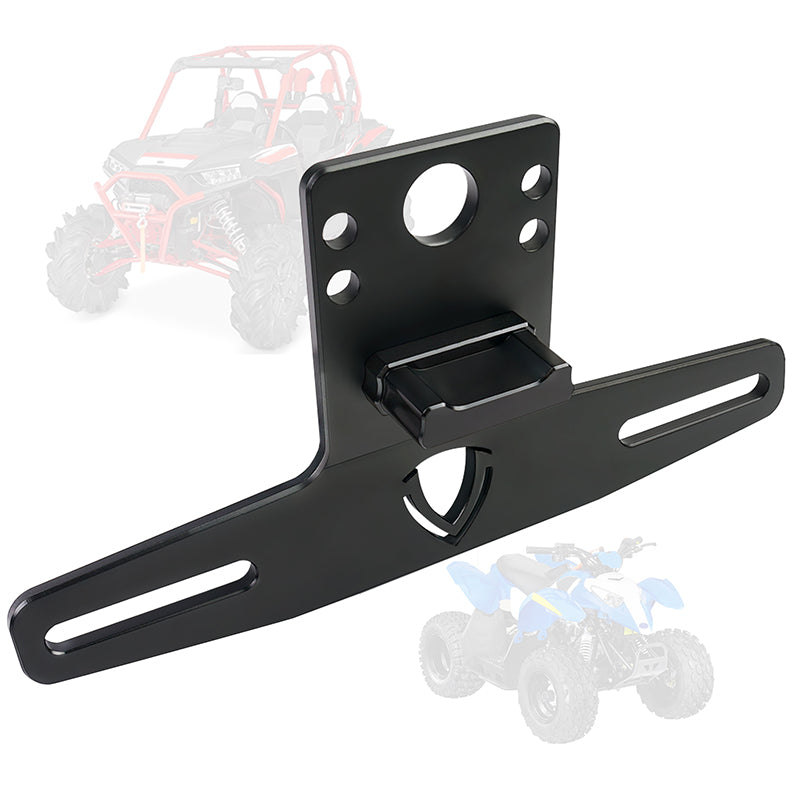
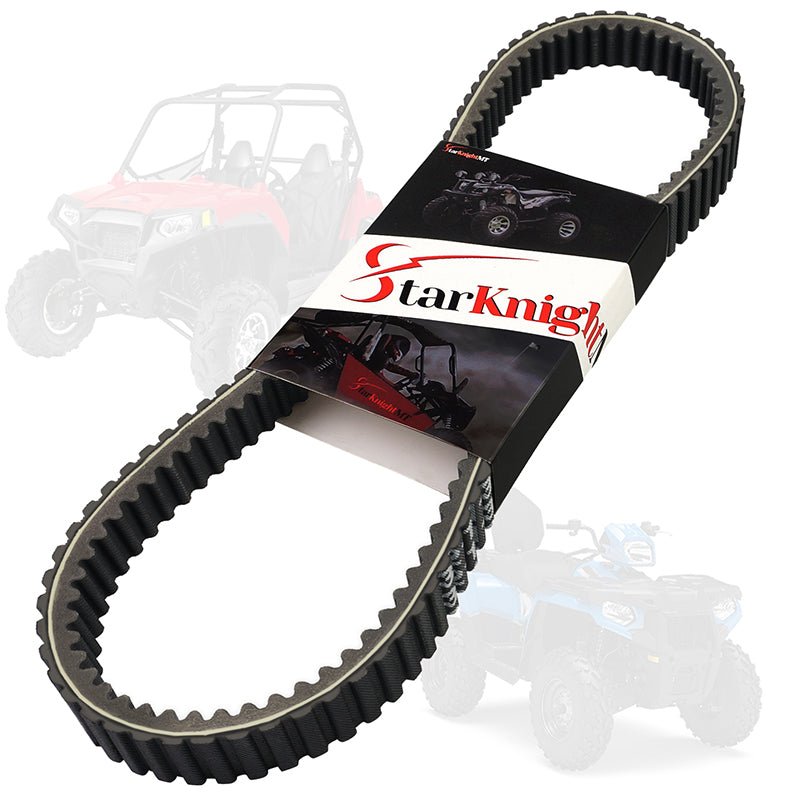



Leave a comment